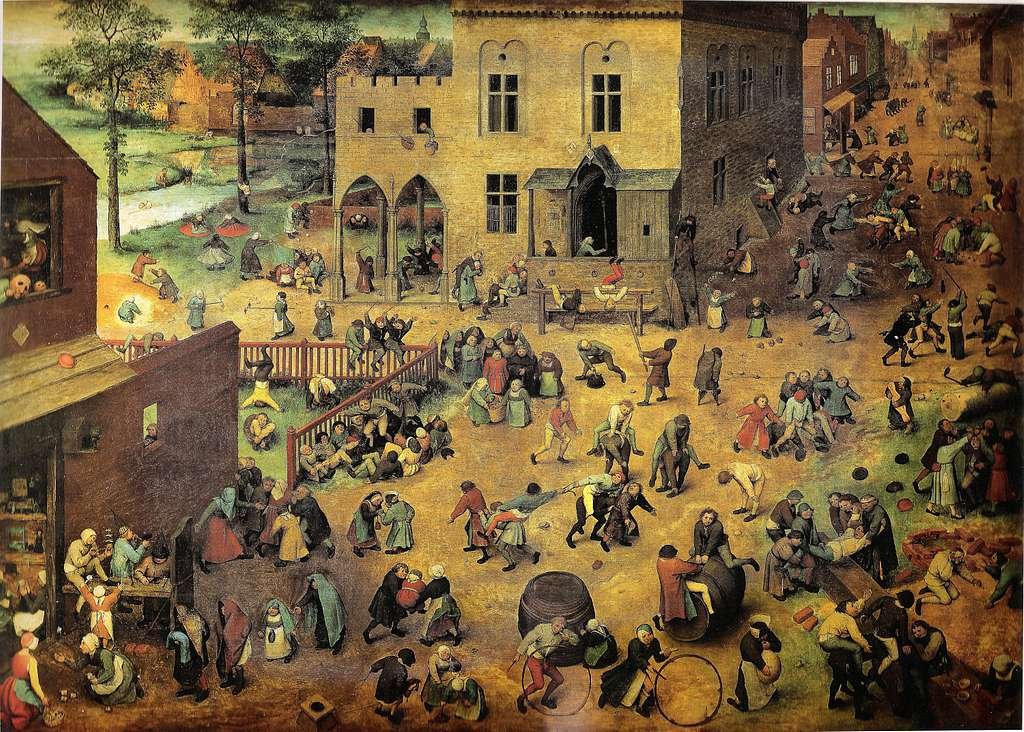Okay, this is the last we’re going to hit on this topic in this book. I promise. So far we've established that 1492 was a pretty pivotal year for the Americas given that it marked the introduction of Old World diseases to the New World, resulting in a fucking apocalyptic catastrophe for Native Americans. We've also established that this wasn't a one way street, but that disease, mostly in the form of syphilis, was also carried from the New World back to the Old World. So, this brings up the final question that is hopefully rattling around in your heads. No, not where you can get the best chicken wings. What the hell is wrong with you? The question should hopefully be, why is it that Old World diseases totally fucked the Native Americans, killing over 90 percent of their population, while New World diseases only killed about 5 percent of the European population before fizzling out? That's a damn good question. Well, it all comes down to immune systems and the fact that Europeans of the era were just really gross.
It just has to be said straight from the start, Europeans had better immune systems. There, now it's out there. Wait. Before you freak the fuck out let me finish. I know some of you are probably going to read this and think, man, that's racist as fuck. Well, it's not. Europeans having better immune systems had nothing to do with DNA. It's not like one group was genetically superior to the other. No, this was a matter of environment. Specifically, three big environmental factors.
The first big factor was isolation. The people who became the Native Americans first crossed the Bering land bridge around 15,000 years ago. This land bridge was soon after flooded by rising ocean levels, thanks to climate change and the end of the Ice Age, which effectively cut off any significant contact between the Old World and the New World until 1492. As far as disease was concerned, the world was divided into two completely separate populations. In both worlds, diseases developed, spreading as they do via trade networks and people migrating around. The big difference was that the Old World had five times the population that the New World did, meaning there was a five times greater chance of diseases mutating, meaning there was a five times greater chance of one of the mutations creating some new and terrible plague. It's just math.
Even if the New World and Old World had similar populations, the Old World still would have had a higher likelihood of developing more diseases. This was due to the second factor, the domestication of animals. The New World didn't have that many domesticated animals; mostly llamas, dogs, and turkeys; largely because they didn't have that much to work with. In comparison, the Old World was filled to brim with domesticated animals, especially livestock. This meant that a person in the Old World was much more likely to live in close proximity to these animals for long periods of time, and more importantly, in close proximity to their shit. Fun fact, living in close proximity with other animals increases the chance of diseases jumping from one species to another. More domesticated animals equates to a larger myriad of diseases over time.
The final factor wasn't something grand covering thousands of years of history, it was actually a rather short term fixation. In the mid-1300's the Black Death swept Europe, killing an estimated 30 to 50 percent of the population, leaving a group of rather hardy survivors. However, these survivors somehow got it into their heads that regular bathing, which was very common up until then, was bad for one's health. Europeans of Columbus’ era avoided bathing at all cost, many never taking a bath even once in their entire lives. They were all stinky dirty sons of bitches. That’s what I'm trying to say. Now combine that with the fact that even though many Europeans lived in rapidly growing cities, basic sanitation just wasn’t a thing, by which I mean shit was basically just everywhere. Do you know what you end up with in these circumstances, aside from a lot of people literally pooping themselves to death? You end up with a bunch of people with some pretty damn robust immune systems. In comparison, the Native Americans kept themselves pretty clean and made a habit of not shitting in the same places from which they got their water. Given all of these factors together, the end result of contact between the two groups was kind of inevitable.
So, what can we take from all of this? Well, for one, things were going to be kind of fucked from the get go. Aside from never ever having any contact between the Old World and the New World, bad shit was going to happen. However, none of this of course should be taken as any type of excuse for the shitty ways Europeans treated Native Americans. That was still fucked up. There's a big difference between inadvertently getting someone sick and purposefully trying to fuck up their world. I guess it just goes to show you that maybe we should all just start putting a little cow shit in our mouth’s every now and again. I don’t know, it might not hurt.
Image: https://picryl.com/media/children-b76161



